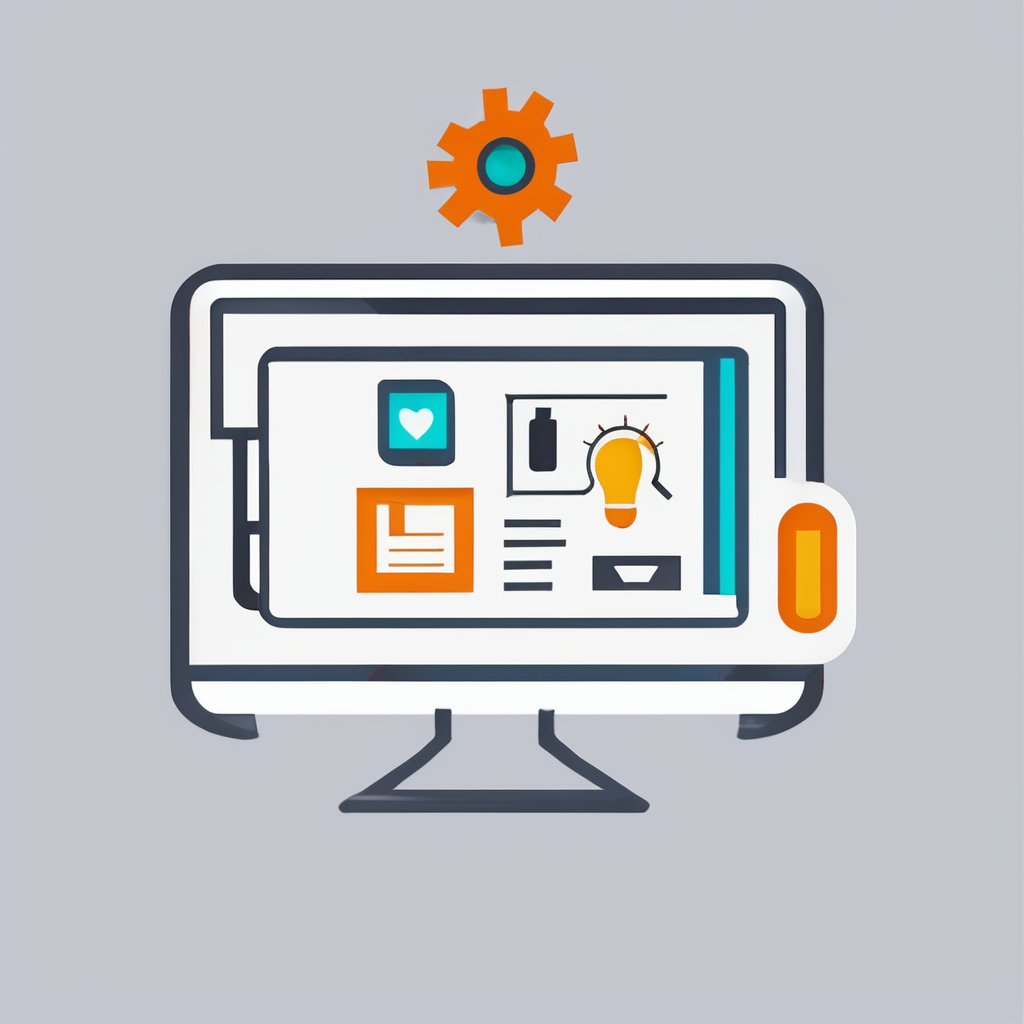Overview of IoT in Asset Surveillance
The Internet of Things (IoT) is revolutionising asset surveillance by integrating advanced connectivity with unique IoT applications. This paradigm shift allows for comprehensive oversight of valuable items across a multitude of sectors. Asset surveillance involves utilising IoT to monitor, track, and manage assets, ensuring their security and operational efficiency.
Real-time monitoring is a pivotal aspect of IoT, offering continual updates that empower organisations to respond swiftly to any anomalies or potential threats. This capability is crucial in sectors such as logistics, healthcare, and manufacturing, where the dynamic environment demands immediate action to prevent losses or damage. For instance, in logistics, IoT applications enable the tracking of shipments in transit, ensuring that they remain on the predetermined route.
Also to discover : Unlocking AR: Top Strategies for UK Brands to Craft Captivating Marketing Campaigns
The surveillance landscape is transformed by key technologies such as sensors, cloud computing, and machine learning. Sensors capture data at the source, transforming physical phenomena into digital information. This data is then processed in the cloud, offering remote access and management capabilities. Meanwhile, machine learning algorithms analyse patterns, bolstering predictive maintenance and enhancing security measures. In essence, IoT is the backbone of modern surveillance technology, making it indispensable for today’s asset management needs.
Effective Implementations of IoT in UK Sectors
In recent years, the United Kingdom has seen significant innovations through the use of IoT across various sectors. This section will delve into different sector-specific applications, showcasing impactful case studies.
Also to discover : Unlocking Customer Experience: Top Data Analytics Strategies for Personalized Retail in the UK
Manufacturing
The manufacturing sector in the UK has leveraged IoT to enhance not only asset tracking but also overall efficiency and security. For example, it’s common to see IoT systems tracking equipment to prevent machinery malfunctions—dramatically reducing downtime. Furthermore, IoT security applications, such as smart surveillance, have mitigated risks related to theft and operational safety. The lessons learned here emphasize the importance of integrating IoT with existing systems for optimal results.
Transportation
Transportation is another sector where IoT has brought about essential improvements. The technology enhances the monitoring of vehicles and shipments. An exemplary case study is a UK logistics firm, which integrated IoT to automate vehicle diagnostics and optimise routes in real-time. Consequently, they realized noticeable gains in operational efficiency and safety. IoT provided real-time insights, allowing for proactive decision-making and enhanced customer satisfaction.
Retail
In retail, IoT solutions have revolutionized inventory management and asset protection. Stores now use IoT for monitoring stock levels automatically and preventing theft. Several case studies demonstrate how successful implementations have improved customer experience, offering personalized services through data-driven insights.
Benefits of Real-Time Monitoring
Real-time monitoring is a powerful tool that transforms how businesses manage operations. By offering increased visibility into asset conditions and locations, it allows businesses to track their resources continuously. This feature helps prevent issues before they escalate, ensuring assets are used effectively and maintained appropriately.
Enhanced decision-making capabilities come into play when organisations leverage real-time data. With access to up-to-date information, managers can make informed decisions swiftly. This ability not only improves operational efficiency but also supports strategic planning by predicting trends and identifying areas for improvement.
In the realm of risk management, real-time monitoring plays a crucial role in reducing theft and loss. By enabling proactive responses, businesses can quickly react to any discrepancies or alarms. This rapid response system not only safeguards assets but also reduces financial losses and ensures the continuity of operations.
Overall, the adoption of real-time monitoring systems is a prudent step toward achieving heightened operational efficiency and robust risk management, fostering an environment where informed and strategic decisions can seamlessly be executed.
Challenges in Implementing IoT Solutions
Exploring the realm of the Internet of Things (IoT), numerous IoT challenges emerge during the implementation phase. One primary hurdle is the complexity involved in establishing a robust and efficient network infrastructure. Implementation hurdles also arise from the integration of IoT devices with existing systems, demanding seamless connectivity and compatibility.
In the realm of data privacy, IoT presents significant concerns. The vast amount of data collected by IoT devices poses a threat to personal and corporate security. These data privacy and security concerns necessitate rigorous risk assessment to safeguard sensitive information. Implementing end-to-end encryption and secure authentication mechanisms form vital strategies to protect data integrity and confidentiality.
Mitigating these challenges demands a strategic approach. Businesses can adopt a risk assessment framework to anticipate potential implementation hurdles related to both technology and operations. Emphasizing regular security audits and updating firmware can alleviate data privacy and security risks.
To address these common barriers and foster successful IoT deployments, organizations must leverage innovative technologies while maintaining a vigilant approach to network security and operational efficiency. By planning strategically and prioritizing data protection, businesses can effectively navigate the complex landscape of IoT implementation.
Future Trends in IoT Asset Surveillance
As we look to the future trends in IoT asset surveillance, several emerging technologies are poised to significantly transform this domain. The integration of artificial intelligence with IoT advancements is one such development, enabling more predictive monitoring capabilities. This enhances the accuracy and timeliness of detecting anomalies, allowing for proactive maintenance and reducing operational downtimes.
In various sectors, IoT’s application is rapidly evolving. For instance, in logistics, IoT advancements are expected to streamline supply chain management by providing real-time asset tracking and condition monitoring. Meanwhile, the healthcare industry could benefit from IoT-enabled devices that ensure equipment cleanliness and operational efficiency.
Continual innovation is paramount for organisations aiming to stay competitive. This means harnessing cutting-edge predictive monitoring tools and integrating new paradigms like edge computing. Such advancements allow data processing closer to the data source, reducing latency and improving decision-making processes.
To sum up, the future of IoT in asset surveillance promises a new era of efficiency and foresight. Businesses embracing these emerging technologies today stand to gain the most, securing their position in an increasingly data-driven world.
Practical Guidance for Businesses
Implementing Internet of Things (IoT) solutions requires careful planning. Here’s a clear implementation guide that helps. Start by developing a step-by-step approach that outlines specific adoption strategies. Begin with defining your business needs and objectives. Then, identify and prioritise the IoT solutions that align with these goals.
Choosing the right technology partners is crucial. Follow best practices to assess the expertise, experience, and scalability of potential partners. Consider their track record in your industry and their ability to provide ongoing support.
Equally important is the focus on training and change management. Transitioning to IoT solutions can be challenging. It requires preparing your team with essential skills and knowledge. Organise training sessions that improve understanding of new technologies. Effective change management strategies ensure a seamless adoption process.
To maximise benefit, integrate IoT solutions gradually. Begin with pilot projects to observe outcomes and refine strategies. Adjust your approach according to the results and team feedback. This iterative process helps in overcoming unforeseen challenges efficiently.
By adhering to these guidelines, your business can successfully adopt IoT technologies and unlock their full potential. Focus on clear communication and continuous improvement for the best results.










